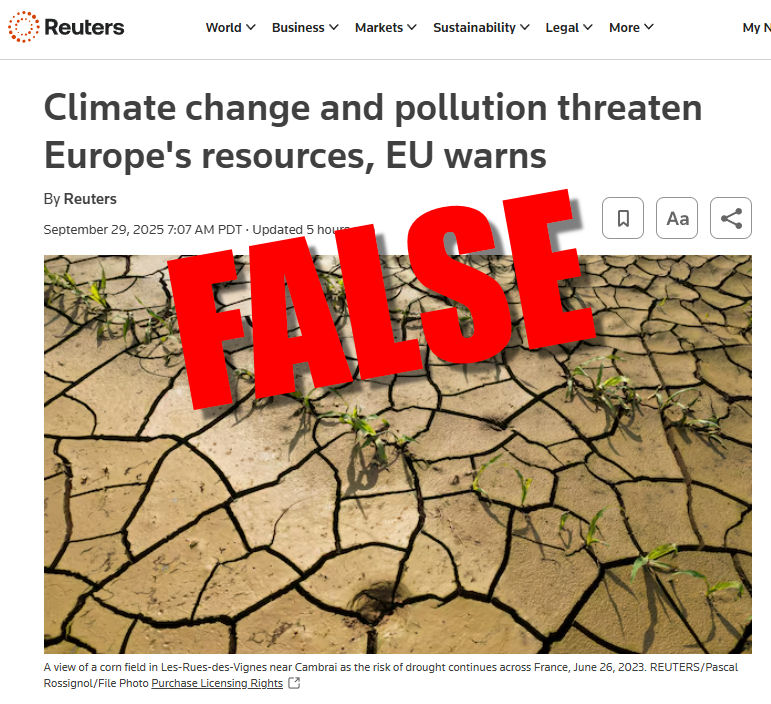https://www.realclearenergy.org/2025/09/26/chinas_coal_sets_the_stage_for_ai_dominance_1137181.html
By Frank Clemente & Fred Palmer
The competition between the United States and China regarding Artificial Intelligence is real and China is steadily eroding the initial gap. China has already taken the research lead in AI, and the US is steadily losing talent to the PRC. Daniel Hook, CEO at Digital Science, found that China is now ahead in the development of large language models with an AI talent pool that dwarfs its rivals – 30,000 active AI researchers and a massive graduate student and postdoctoral population.
China dominates AI-related patents – filing data show China is outpacing the US tenfold on key indicators. The PRC is the top global AI collaborator with other nations, making China central to international research networks. This latter point is crucial for the future. As Jeffrey Wu, Director at Mindworks, has stated: “The next era of AI leadership won’t be decided by whose models are best – it will be decided by whose models are everywhere”
…
China…is basing its electric supply system on a foundation of coal– a fuel that has demonstrated abundance, availability, affordability and reliability. By 2030, China will have over 1,500 GW of coal-based electricity compared to the DOE projection of 68 GW in the US.
…
The US may not have enough reliable electricity to compete with China.
China is positioning itself to be the world leader in electricity for the rest of this century, supplementing its massive 1,500 GW of coal with dynamic development programs of nuclear, renewables and hydroelectric, including ongoing construction of the Motuo Hydropower Station of 60 GW, three times greater than their Three Gorges Dam.
Coal provided 45% of electricity in the US as of 2010. After the closure of over 300 coal plants, coal now produces only 16% and, based on the latest DOE forecast, by 2030 coal will provide only 8%. President Trump has taken steps to temporarily protect certain coal plants, but it is important to note that some of the groups filing suit to close the units are the utilities themselves, essentially guaranteeing these plants will eventually be closed.
Nuclear– there is no credible forecast of nuclear power playing a significantly increasingly increasing role for over a decade and more likely beyond. One or two nuclear plants may be restarted but the US nuclear supply chain is moribund and must be rebuilt almost from scratch. In fact, the DOE itself projects that electricity from nuclear power plants will actually decline by 2030.
Renewables– There is increasing recognition that renewables will not meet the 24/7 power requirements of data centers. Wind and solar are intermittent and non-dispatchable now and they will be intermittent and non-dispatchable in the future. Jim Burke, President of the Texas utility Vistra, has stated 1 GW of coal generating capacity equals 9 GW wind or solar As for batteries, Georgia Tech researchers found that China has the dominant position in the supply chain, “limiting the options of procuring large Battery Energy Storage Systems (BESS) from US suppliers or other friendly nations”
Natural gas –has become the default story for powering data centers and the thinking goes something like this: “Coal will be gone, nuclear takes too long, renewables are intermittent– let’s build natural gas!’ Thus, at least 70% of data center proposals assume gas will provide electricity and, as Robert Bryce reports, there are well over 100 GW of planned data centers. But the logic does not hold up for at least three reasons: (a) Natural gas rarely performs well in winter cold spells. Large amounts of gas are routinely diverted from power plants to residential heating, limiting the ability of utilities to meet the load, (b) Natural gas is not a cornucopia. Societal electrification includes more than AI’s gas needs but also growing demand from re-industrialization, mining, mineral processing, EVs, chemicals, electrolyzers, heat pumps -on and on, (c) LNG exports by 2030 will exceed 30 bcf/d out of the DOE forecasted 112 bcf/d of production. U.S. LNG exports surged 22% Y/Y in the first seven months of 2025 alone, The competition for a limited supply of gas will be increasingly intense, and the price will rise accordingly. Indeed, the current price of LNG is $7.50/mcf versus about $3.00 at the Henry Hub.
In sum, China is building a reliable and affordable electricity supply system with coal as the anchor, supplemented by nuclear, renewables and hydro-electric. The United States is taking out baseload coal and relying instead on assumptions and untested hypotheses of intermittent wind and solar, batteries from China and presumably infinite natural gas. Data centers require five nines (99.999%) reliability and will eventually gravitate to regions which can provide it.
…
Authors:
Frank Clemente PhD. specializes in research on the socioeconomic impact of energy policy and is the author of The Global Value of Coal, published by the International Energy Agency (2012). Professor Clemente has served on the faculty of the University of Kentucky, University of Wisconsin and Penn State. He has extensive experience in speaking, writing and presenting data on the value of coal to the United States and the world. All opinions expressed here are presented independently from any university with which he has been affiliated.
Fred Palmer Esq. served as CEO of Western Fuels before he joined Peabody Energy as Senior Vice President for Government Affairs. Palmer was Chair of the World Coal Association Board and a member of the National Coal Council. He received the American Institute of Mining, Metallurgical and Petroleum Engineers Award for “Distinguished Achievement in Coal Technology”. He also received a Statement of Appreciation from the National Coal Council in 2015 with a plaque for “Guidance since 1990”.




